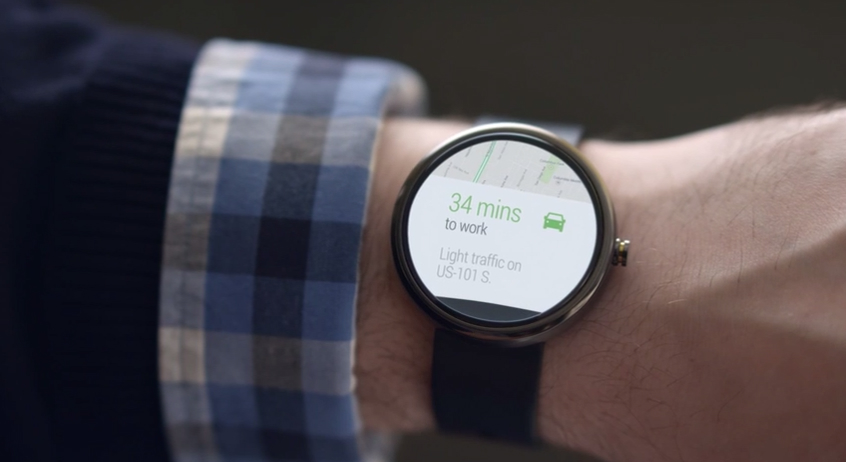Google on Tuesday unveiled Android Wear, a clear sign that wearable devices are very important for the company, and that it certainly wants smartwatch designers to first consider Android than anything else when creating new devices. The company has already made available several Android Wear resources for interested developers and OEMs, including videos that describe how an Android Wear watch should work, and what smartwatch-optimized apps should look like.
From the looks of it, Google sees the smartwatch as a companion device meant to serve the user by working alongside a smart device such as a smartphone, not a standalone gadget. Thus, the Android Wear interface will have Google Now cards-like influences ready to offer contextual and non-contextual features, with apps expected to offer actionable notifications and support for voice commands.
In the Android Wear section of its developer portal, Google describes two core UI functions for the smartwatch OS, the Context Stream and the Cue Card.
The Context Stream is basically a card-based interface, “each showing a useful or timely piece of information.” The cards can have an image background that would offer further visual information to the user. Only one card is displayed at a time, but they can be swiped either vertically (for navigation between cards) or horizontally (for navigation within the same card and access to actions for a specific notification).
The Cue Card is also a card-based interface that will offer users access to options on-demand, for those instances where “the context stream can’t anticipate what the user would like to do.” The Cue Card is also where Google Search resides, with the user able to trigger it by tapping the “g” or by using the “Ok Google” hotword. The Cue Card also offers a list of voice actions, which can be accessed by swiping the card up. Developers will be able to “match their applications to these intents so users can perform actions using these voice commands.” Users will be able to choose what apps to use for a specific action, as multiple apps may take advantage of the same commands.
A series of videos posted on Google’s Android Developers YouTube channel show the user how Android Wear would look like on a smartwatch, and show developers how to integrate notifications and voice inputs into their apps – all these first Android Wear videos follow below.




